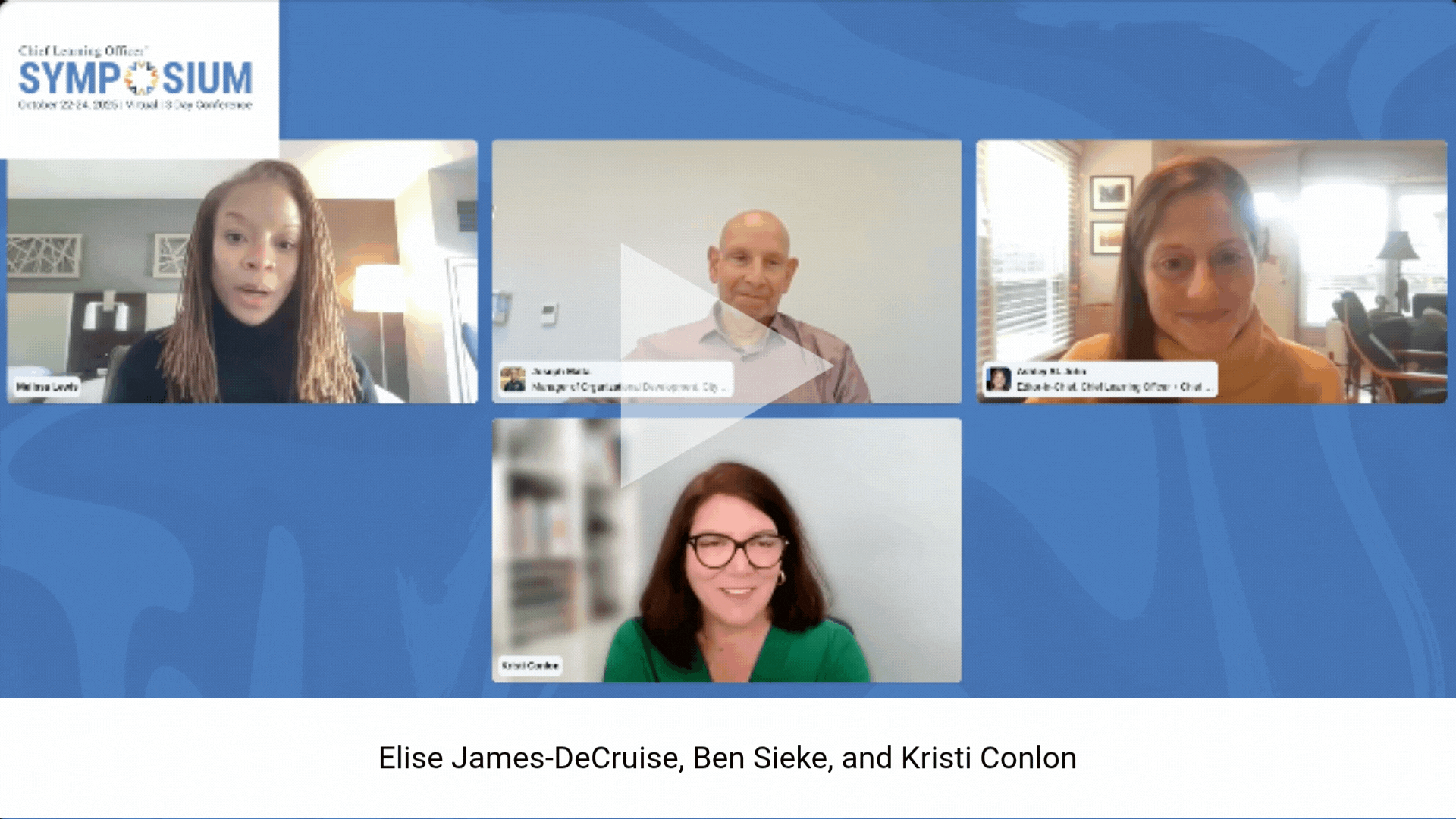Today’s newest young people in the workplace have so much to offer — new technical skills, new ideas, new perspective and new energy. Yet too many are held back, and driving the grown-ups crazy, because of their weakness in old-fashioned soft skills. These soft skills, in contrast with hard or technical skills, encompass a variety of things such as self-awareness, people skills, problem-solving and teamwork.
Like the technical skill gap, the soft skills gap in the workforce has been developing slowly for decades, but it has become much worse in recent years. The soft skills gap runs across the workforce — among workers with technical skills who are in great demand and workers without them.
Of course, we all know some young people who have great soft skills. It’s just that there are not enough of them — it’s a supply and demand thing. The costs are great, the opportunity costs are even greater, and the problem stands right there in plain sight.
There are three reasons the problem evades solutions:
You can’t hire your way around the soft skills gap, at least not entirely. If you’re hiring for a low-supply high-demand technical-skill job, you probably won’t be able to select out all who have weak soft skills. If you’re hiring for nontechnical jobs, soft skills are among the only criteria, making the demand very high, despite the low supply.
Soft skills cannot be spoon fed to young people or forced upon them. Soft skills are all about self-regulation. Young people must be fully embrace soft skills to learn them. You have to get young workers to care enough about soft skills that their self-building drive turns on and focuses on mastering the missing skills.
You probably don’t have a bunch of extra time or resources to pull new young workers out of work and send them for soft skills training. Or create your own boot camp to break down new workers and systematically rebuild them. Most managers deal with soft skill gap issues when they arise — when an employee is late, is inappropriate, makes an error in judgment, has conflicts or has bad customer service interactions.
If you are chief learning officer in an organization with a substantial percentage of younger employees, the soft skills gap is your problem. Here’s how to be part of the solution:
Recognize the incredible power of soft skills. Unlocking the power of soft skills can give your organization a huge strategic advantage when it comes to hiring the best young talent, getting them on board and up-to-speed faster, with better performance management, improved relationships and greater retention rates.
Make sure leaders are asking and answering this critical question: What are the high priority soft-skills behaviors that are most important in your organization? Whatever they are, focus on them relentlessly.
Because you cannot hire your way around the soft skills gap, you need to make sure that key soft-skills criteria are systematically built-in to every aspect of your staffing strategy and hiring process.
Build soft skills training into your onboarding process and up-to-speed training. Take the time to get employees to buy in to soft skills development by making the case for why the skills you want them to learn are not just good for the business, but for them as well. Help them own the learning by getting them actively involved in soft-skills training.
Make sure your employees have plenty of opportunities to practice the soft skills they learn on the job and gain recognition, reward and advancement through active participation.
Don’t fall for the myth that young workers today only want to learn from computers. Remember: They want to learn from people. Make sure managers at all levels understand that they need to talk about the high-priority soft skills in team meetings, and talk about them in their ongoing one-on-one dialogues with their direct reports.
Bruce Tulgan is CEO of RainmakerThinking, Inc and RainmakerThinking.Training. His latest book is “Bridging the Soft Skills Gap: How to Teach the Missing Basics to Today’s Young Talent.” To comment, email editor@CLOmedia.com.















